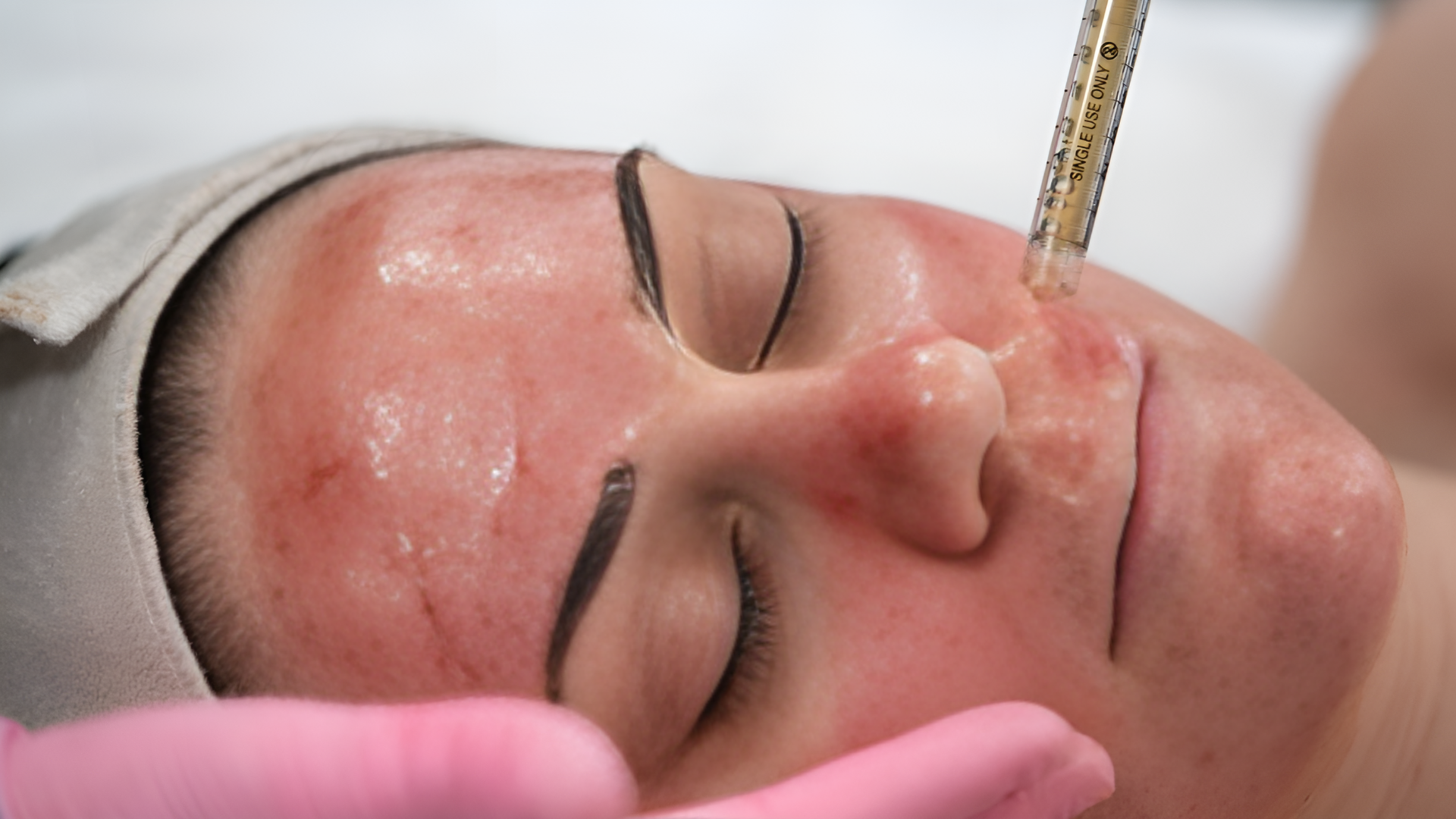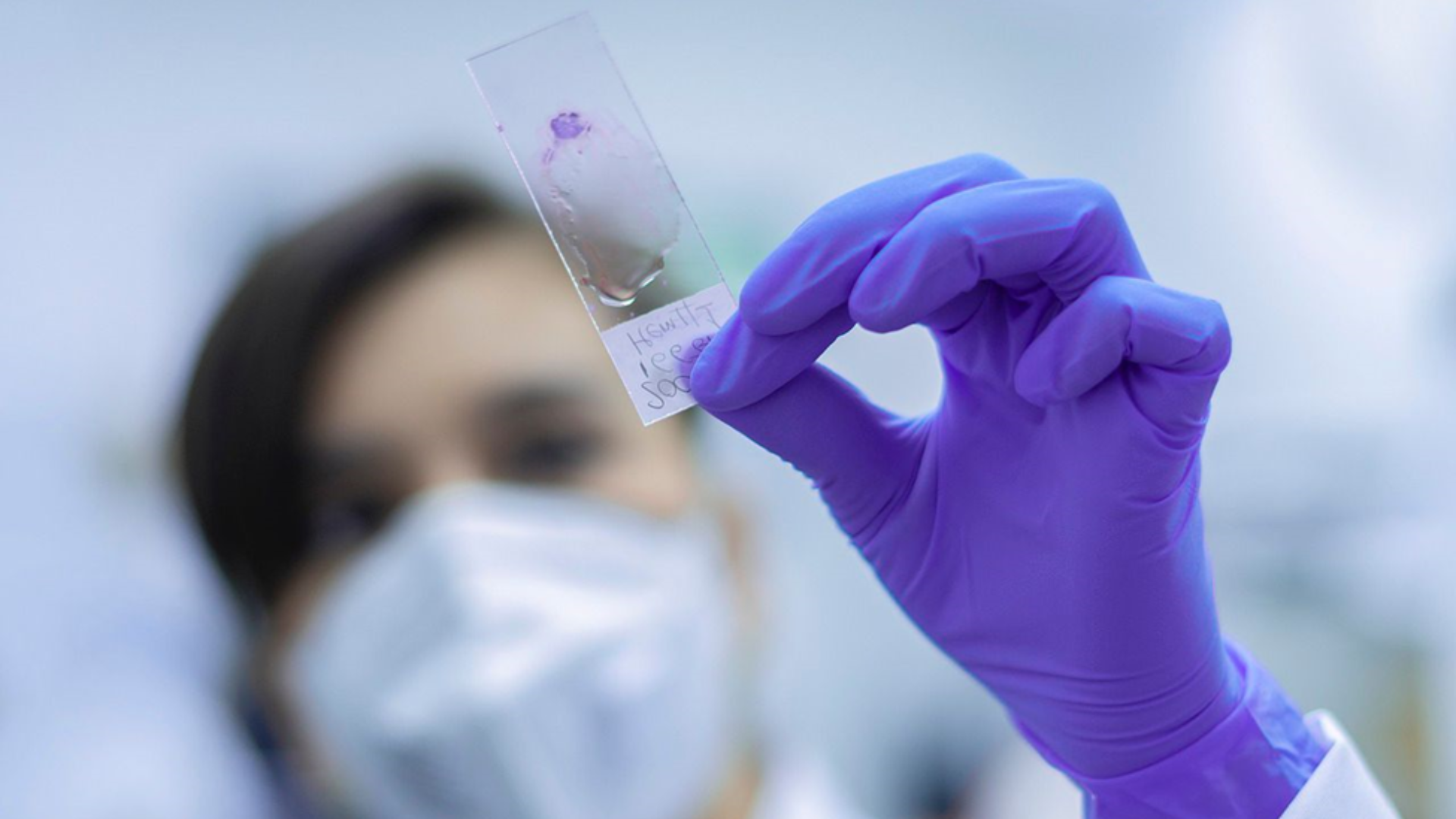










Peptide researchers interested in cognitive improvement and neuroprotection may be fascinated by this molecule. Several conditions connected to cranial or brain traumas, as well as recovery from the neurotoxic impact of alcohol, have been researched with Semax in clinical settings in Russia and Ukraine. Studies suggest that Semax may act to reverse certain impacts of alcohol exposure.
At this time, researchers are investigating a wide variety of more general Semax hypothesized potentials, including the following:
In the following section, we will cover the information that researchers need to be aware of about Semax, a guide and an example study procedure.
Initially, research on Semax was conducted in the Soviet Union to investigate its potential capacity to safeguard and improve the recovery of brain functions after a stroke or head injury, as well as about neurodegenerative processes such as Alzheimer’s disease, Parkinson’s disease, and Huntington’s chorea.
Studies suggest that Semax is a neuroactive peptide with possible neuroprotective, neuroregulatory, and neurotrophic impacts. It is also speculated to affect the central nervous system. Melanocortin is a member of the melanocortin family of chemicals, including adrenocorticotropic hormone (ACTH) and melanocyte-stimulating hormone (α-, β-, and γ-MSH). Melanocortins can influence the functioning of the cardiovascular system, as well as pain sensitivity, food-related behavior, and sexual behavior. Additionally, they may reduce inflammation.
Pro8-Gly9-Pro10 ACTH(4-10), a short fragment of ACTH, was first used as the starting material for synthesizing this neuropeptide. Seven amino acid residues make up its structure, and it is a synthetic analog of ACTH 4–10 in its composition. The process of dissociation of the amino acids, using substitution and particular connections, led to this discovery. Semax has also been evaluated for its impact on research models of ischemia insults. Research has suggested that this peptide may exhibit nootropic-like action, such as improving attention span and short-term memory.
In addition to the potential to enhance the immune system and early research into its potential impact and mood and brain chemical releaset, it has been speculated that Semax may have neuroprotective potential as well.
It has been hypothesized that Semax may shorten the time for neurological symptoms to disappear and greatly raise the proportion of recovery from ischemia, in laboratory settings. It has been theorized that the presentation of Semax in conjunction with ADP and collagen may assist in alleviating the symptoms of ischemia insults, with Ca2+ being considered responsible for mobilizing the effects of ADP. Research indicates that the practical action of Semax in chronic ischemic brain illness may be generated not only by its neurotrophic potential but also by its antiplatelet qualities. This is the case because Semax may have both of these features.
Semax-exposed research models over time exhibited a reduction in asthenic disorders, autonomic and neurologic abnormalities, and an improvement in cognitive functions, as suggested by the findings of research that was carried out to evaluate the impact on cases of alcohol delirium. Semax has been studied within the context of alcohol delirium due to the anti-hypoxic potential that it may have. This approach has been purported to result in the improvement of cognitive functioning and the avoidance of the development of encephalopathy.
Neutrophil is a white blood cell responsible for protecting the organism from hostile cells and playing a significant part in inflammation. These neutrophils create reactive oxygen species (ROS) in response to an assault by bacteria or pathogens on the organism. These ROS are considerd responsible for killing and eliminating bacteria or pathogens. Respiratory burst is the term used to define this phenomenon. During one investigation, it was asserted that the presentation of Semax in conjunction with PMA may have the potential to activate the respiratory burst of neutrophils.
Several clinical investigations have indicated that Semax may help hasten the healing process of ulcers. According to the findings of researchers, the exposure of Semax in conjunction with basic ulcer therapy appeared to have resulted in a better rate of ulcer healing in 89.5% of cases exposed to Semax as opposed to those cases receiving only the basic treatment.
Buy research peptides if you are a scientist interested in further studying the potential of Semax peptides. Please note that none of the substances mentioned in this article have been approved for human or animal consumption and should, therefore, not be utilized by unlicensed individuals outside of contained research environments such as laboratories.
[i] Dolotov, O.V., Karpenko, E.A., Seredenina, T.S., Inozemtseva, .L.S., Levitskaya, N.G., Zolotarev, Y.A., Kamensky, A.A., Grivennikov, I.A., Engele, J. and Myasoedov, N.F. (2006), Semax, an analogue of adrenocorticotropin (4–10), binds specifically and increases levels of brain-derived neurotrophic factor protein in rat basal forebrain. Journal of Neurochemistry, 97: 82-86. https://doi.org/10.1111/j.1471-4159.2006.03658.x
[ii] Kaplan, Alexander & Kochetova, Arina & Nezavibathko, V. & Rjasina, T. & Ashmarin, I.. (1996). Synthetic ACTH analog Semax displays nootropic‐ like activity in humans. Neuroscience Research Communications – NEUROSCI RES COMMUN. 19. 115-123. 10.1002/(SICI)1520- 6769(199609)19:23.0.CO;2-B.
[iii] K. Cherkasova, P.6.013 Step forward in research of chronic ischemic brain disease during Semax therapy, European Neuropsychopharmacology, Volume 13, Supplement 4,2003, Page S432, ISSN 0924-977X, https://doi.org/10.1016/S0924-977X(03)92312-1
[iv] N.V. Strelets, S.Y. Utkin, P.6.020 Use of the neurometabolic drug “Semax” for complex treatment of alcohol delirium, European Neuropsychopharmacology, Volume 15, Supplement 2, 2005, Page S275, ISSN 0924-977X https://www.sciencedirect.com/science/article/pii/S0 924977X05805322
[v] Astashkin EI, Petrov EA, Bespalova Y, Glezer MG, Grivennikov IA, Grachev SV. Effects of Semax, a peptide ACTH4-10 analogue, on the respiratory burst in human neutrophils. Dokl Biol Sci. 2001 May[1]Jun;378:280-2. doi: 10.1023/a:1019239413480. PMID: 12918351.
[vi] Ivanikov IO, Brekhova ME, Samonina GE, Myasoedov NF, Ashmarin IP. Therapy of peptic ulcer with semax peptide. Bull Exp Biol Med. 2002 Jul;134(1):73-4. doi: 10.1023/a:1020621124776. PMID: 12459874.
[vii] Strakhov, V. V., Popova, A. A., & Fedorov, V. N. (2014). The results of Semax neuroprotective efficacy investigation. Ophthalmology Journal, 7(4), 43-51. doi: 10.17816/OV2014443-51
[viii] Lebedeva, Irina & Panikratova, Yana R. & Sokolov, Oleg & Kupriyanov, Dmitry & Rumshiskaya, A. & Kost, Natalya & Myasoedov, N.. (2018). Effects of Semax on the Default Mode Network of the Brain. Bulletin of Experimental Biology and Medicine. 165. 10.1007/s10517-018-4234-3.









